|
In Labanya Palit's book from 1955, we have instruction from yet another of Bishnu Ghosh's students. Much of the information is similar to the other instructors in the tradition, reinforcing our understanding of the goals and practices.
Some practices that Labanya instructs are less common, and it is illuminating to place them in the context of history. One of these peripheral postures is Standing Hand to Toe, pictured above. This posture involves balancing on one leg and holding the toe with the hand. It is a relatively less difficult version of the popular Standing Head to Knee, since Hand to Toe allows the body to be more upright and only one hand needs to reach forward. This makes balance a lot easier. In 1938, Buddha Bose (pictured above, right) instructed the posture with a little twist, holding the foot with the opposite hand. This adds an element of crossing the body, which can make balance more difficult. But it allows a little twist, so it doesn't require as much flexibility in the lifted leg/hamstring. Now, Labanya (pictured above, left) has a version where the toe is held by the hand of the same side. This is similar to the yoga traditions of South India like Krishnamacharya and Iyengar. It doesn't cross the body but requires a little more flexibility in the lifted leg. As mentioned above, either of these positions is useful for anyone who struggles with the full expression of Standing Head to Knee. They require less strength and control, so they are great for beginners and older students.
3 Comments
"Suck your stomach in!" goes a common instruction in yoga class. This cue is present in a lot of different lineages and styles, and goes to the heart of an important conversation in the yoga world: What are we teaching? Let's explore the meaning of this instruction, beginning with the elements involved. Namely, the "stomach" and "sucking in." What is the stomach? It is an organ in our digestive tract. It is high in the abdomen, just below the ribs and diaphragm. It is the first place our food goes after we chew and swallow it. How do we suck the stomach in? We don't. We can't. The stomach itself has muscles that help us in digesting and passing food through our system. But they are involuntary muscles that we can't consciously control. This instruction, "Suck the stomach in," refers to the stomach in a much more general and imprecise way, where "stomach" actually means "abdomen."
The muscle that pulls the abdomen in is called the transverse abdominis. It wraps around the belly like a corset, helping us breathe and stabilizing the spine when needed. If you are wondering what if feels like, exhale your breath forcefully and feel the sides of your abdomen. They will be tight and contracted. This is your transverse abdominis.
What are we actually teaching? That brings us back to the instruction, "Suck your stomach in." If we take the instruction at its word, it is impossible. The stomach's position cannot be changed consciously nor can its muscles be contracted consciously. The only way that this instruction makes sense is if we interpret "stomach" to mean "abdomen" and proceed to contract an abdominal muscle that "sucks in." Also, if our students take us at our word (which I hope they do), they are learning that the stomach is something that can be "sucked in," which it is not. This is worrying, essentially teaching an inaccurate and incorrect concept to unknowing students. The easiest of fixes This instruction can be modified ever so slightly to become an effective cue. "Pull your abdomen in" or "pull your belly in" are both anatomically sound and they accomplish the desired result: contraction of the transverse abdominis. They remove the danger of propagating false information to our students and encourage them to learn the correct way. Put your forehead on your knee!
We've all heard this instruction thousands of times. The phrase and its variations have become synonymous with correct practice of "head to knee" postures. The problem is this: the forehead touching the knee should be a result of the correct muscular usage, not the end goal. This may be a surprise, but there is little to no benefit in touching your head to your knee. Unless you are making the argument that the head benefits from its contact with the knee (which it might, due to a nerve plexus or gland), or the knee benefits from its contact with the head, it becomes obvious that the value of the position lies somewhere else, even if the well-known signifier of the posture is the famous "head on the knee." The distinct benefit comes from using the abdominal muscles (rectus abdominis) to bend the spine forward, compressing the organs, glands and intestines; and from forward- bending the neck, compressing the throat. These two foundational elements are then accentuated by what the rest of the body is doing, whether balancing on one leg as in Standing Head to Knee, maintaining external rotation of the opposite hip as in Seated Forehead to Knee, or kneeling as in Rabbit. Sometimes the cue---to put the head on the knee---and the posture work together. Great! The muscles in the neck and abdomen engage, the spine bends forward, the throat and abdominal contents get compressed, and the head touches the knee. But often the instruction and the posture don't work together. Our head may be able to touch the knee without the valuable engagement, bending and compression. We get the end result of the cue, so we think we are benefitting from the posture. But the important parts of the posture are left undone. Those that struggle with "head to knee" poses will get great benefit in finding their abs and contracting them as best they can. Will their head get close enough to touch their knee? Maybe, but maybe not. Those that are stronger should try to get their head closer to their hip than their knee. This will continue to develop their abdominal strength and compression past the point of their head on their knee. "Touch your forehead on your knee" can be a great visual cue. However, as practitioners and teachers, we need to remember cues are attempting to make an action happen in the body. They are not the goal in and of themselves. Ghosh Yoga Teacher Training is four weeks long without stopping. Each day we arise early to do pranayama (breathing) practice, and the day is filled with lecture, discussion, practice and teaching. It is an all-consuming, immersive experience, and it is intended to be that way.
We believe in the immersive approach as opposed to the more sparse (and, admittedly, convenient) approach of weekends or short sessions. The mind is driven by habits, and the strongest habits we have are what we call everyday life. This includes when we get up, what we eat, where we go, what we do, and most importantly, what we think. Yoga practice is above all things a reconfiguring of the habits of the mind. So if we were to spend a day or two in practice and study only to be followed by an entire week of our usual daily habits, the progress made in practice would be undone. The best way to make lasting change in the mind is to undertake new habits for long enough that they stick. Inevitably, we come face to face with our habits after about a week of committed practice. The body and mind resist the transformation, seeking their old, comfortable ways. We feel exhausted and at the end of our rope. But when we persist through this stage, the mind begins to relinquish its old habits and identities. This is when yogis talk about finding "new reservoirs of strength" or "powers I didn't even know I had." In the simplest terms, this is the mind becoming willing to change, especially in terms of who we think we are. Many yoga schools offer the convenience of weekend trainings or a few days per month. There is value in these because they allow people to learn and study while still tending to the necessities of daily life like work and family. But we are firm believers that the practice of yoga is one of recognizing the habits of the mind on the way to changing them. For this to occur, we need to spend significant time committed to practice and study, until our ingrained mental ruts reveal themselves. Knowledge is power. Our understanding of the world around us and our place in it directly affects our ability to function effectively and attain happiness or success (or both), or whatever it is that we seek. As a teacher you pass information and the ability to think to your students, making them more powerful. The better you are as a teacher and the more knowledge you provide, the more powerful your students will become.
This power dynamic can create tension between the teacher and student. Many teachers are afraid of the power that the student will gain if they offer all their knowledge. Won't the student then be equal to the teacher? Or perhaps even better? So the teacher limits the knowledge they offer, only providing part of the information to prevent the student from rising too high. Or they may belittle their students, criticizing and insulting them to remind the students how low they are. This keeps the student---in the teacher's mind, at least---below the teacher. How do we avoid this? By embracing the possibility that our students will become greater than us. Hoping for it. The value of our students is not in the way they build us up, looking up to us admiringly as all-knowing gurus. The value of our students is the way they are individuals with unique experiences, minds and ability to think. Their value is the same as ours, the same as anyone's, to recognize the things that need to be done to make the world better. To have the knowledge and courage to pursue them. One of our favorite quotations is credited to Ralph Waldo Emerson, "The greatest way to honor one's teacher is to obliterate him." This contains a great lesson for the student and the teacher. The goal of both parties is the transfer of knowledge and understanding, which is not to be confused with doing things the way they've always been done. A successful student will be able to think independently of the teacher. A successful teacher will embrace and encourage that independence. As the year turns over, we quickly shift from looking backward---"what happened this year?"---to looking forward. I have mixed feelings about New Year's resolutions because they encourage us to be dissatisfied. It would be better to focus on contentment.
The more I practice, teach and study I am shocked by the way my mind changes. I see things so differently now than I did when I started learning about yoga years ago. I suppose it shouldn't be surprising. How could we possibly have clear vision or intention when we are beginning on a new path? Each bit of practical experience and insight necessarily changes our perspective. Lately, I have been studying the Bhagavad-gita, and it is so clear which passages are speaking to my present situation: Actions should not be undertaken for the benefit of myself or my ego. When I say this out loud, it seems obvious and silly. But which of our actions are not designed to benefit ourselves? When I say things so people understand my intelligence, I am serving my ego. When I eat the food I "like," I am serving my sensory desire. Even when I study and learn, am I doing it just to develop my sense of accomplishment and my ability to excel in the world? It is increasingly important to me to recognize and subvert these thoughts and actions. Instead, my actions should be directed toward the service of others. The difficult part for me to understand is do I do this for the benefit of myself or other people? Even that dilemma is addressed in the Gita. One who performs apparently selfless actions for his own benefit is ignorant, while one who takes no credit and accepts no personal benefit is wise. This is my goal: to serve with no agenda. To recognize the emergence of my ego and discard it, so my actions build the good of the world at large instead of just myself. This blog was originally written in January 2019. It seems that history is littered with holy men and yogis who have been disgraced by acts immoral and illegal. In their youth they may have been full of skill, insight, light and promise, but as the years passed they somehow lost their purity and path, becoming attached to fame, riches, power and the adoration of their followers.
We are left to wonder how we missed the signs of evil. Were they there all along, even when they were so young and seemed so pure? Were they hiding their true intentions, duping us into trust and faith? Is their evil misunderstood? Are they the victims of circumstance? In truth, a yogi can be pure, realized and glorious at one point and then become overrun by worldly desires and corruption at another point. The two are not mutually exclusive, and presence of one does not mean that the other never existed or never will exist. The mind of a yogi---or an ordinary person, for that matter---is like a garden. It begins as a wild forest, overrun with natural growth until it is cultivated by disciplined practice and study. If we practice with dedication, we can turn the mind into a beautiful, lush and organized garden. But a garden takes constant attention, tending to the plants that are growing and removing the resurgent weeds that will never stop coming. Even a few weeks of neglect allow the wild weeds of the mind to grow and gain traction. If we neglect our practice and discipline for years or decades, even the finest mind will be overrun just as a garden neglected for years or decades will turn back to wilderness. Regardless of how pure or holy we may be, we are never beyond the need for discipline, practice and study. We must constantly tend our gardens, because the weeds will always grow. Even a great yogi can be overwhelmed by the desires and attachments of the mind. Anyone who has attended one of our classes knows we place great importance on knowing why we are doing what we're doing, whether it is stretching, strengthening, breathing, meditating or eating french fries. This also applies to being a teacher. Why do we/you teach yoga? What do we set out to accomplish, what do we actually accomplish, and is there any discrepancy between those two that can be improved?
We encourage you to respond or comment with your thoughts. As I search my own motivations for teaching, I settle on a relatively simple answer: peace and happiness. These are the things I hope to bring to any students. My goal is at least to point them in the right direction. It will come as no surprise that human existence is interwoven with suffering. Some suffering comes in the shape of desire: wanting things that we do not have and feeling that lack acutely. Some comes in the shape of fear: seeing the possibility for suffering and dreading it. Some comes as depression or stress, and some comes as outright physical pain in the body. More than anything else I've experienced, the teachings and practices of yoga have reduced my suffering. Many physical pains have diminished, but mostly my mental state has improved, bringing contentment where there was dissatisfaction and peace where there was stress. I have become happier. These are the reasons I study and practice yoga; it has made my life better. All around I interact with people who suffer because they are swept up in the chaos of the senses and mind. I talk with people who have goals and desires that bring them pain instead of happiness. And I see people who have injuries or physical pain in their bodies. Through it all, I see how the teachings of yoga could really help to ease the suffering of so many people. The overwhelming activity and power of the mind is common in all humans. It is full of desire and fear, stress and imbalance. Learning about the mind and recognizing its tendencies is one of the fundamental principles of yoga. Over time we can see the activities of the mind as what they are instead of mistaking them for the deepest nature of ourselves. All this is why I teach yoga. I see suffering that has a remedy. I would remiss if I did nothing. So I am compelled to teach. The Ghosh Yoga Mentorship program officially begins today.
At the beginning of practice, when we know very little, it is enough to learn in a group setting like grade school or yoga class. In these situations information can be dispersed efficiently to a lot of people, so we can learn the basics and decide if we want to pursue a subject in depth. As we progress in our lives and yoga practice, it is increasingly important to get unique, individual instruction and feedback. It is said that the paths are many even when the goal is one. The more specialized we get, the less appropriate a classroom experience is since the lesson that is perfect for our neighbor might miss the point for us, and vice versa. The Ghosh Yoga Mentorship addresses the needs of yoga students and teachers who are ready for individual attention. You will have direct one-on-one communication with Scott and Ida via email and telephone, and they will help guide you on your path. - Ask the questions that come up, whether in your practice, teaching or study. - Get homework assignments, readings and tasks customized for your goals and needs. - Feedback and instruction on your postures or breathing. - Specific, individual meditation or mantra guidance. - Instruction and feedback on your teaching. - Advice about students, class structure, sequencing, etc. - Much, much more... It is impossible to predict your path and questions. What is important is having access to someone who can offer insight and support. Click here for more info about the Ghosh Yoga Mentorship program. The inherent relationship between teacher and student is a flow of knowledge--in the form of information or facilitated experience--from teacher to student. The teacher (hopefully) has more experience and knowledge of the subject at hand, and her job is to determine what lessons are appropriate for the student and then to impart those lessons.
You may hear some say that they get a lot from teaching. Without a doubt, there are things to be learned from the process of teaching. If we are attentive and observant, we can increase our awareness of different people, points of view, mental and physical conditions, and the effects of our teachings upon them. Not to mention that a student may bring something to our attention that we were oblivious to before. A teacher can always learn. But that is not the inherent role of the teacher, and teaching should not be approached as such. Teaching is inherently a form of service; of giving. Not taking. Whenever we find that we are unfulfilled by our teaching, we must check our motivation. What are we hoping to gain from teaching? I would suggest that we should not hope to gain anything by teaching, rather to give. POWER & EGO Whenever we stand in front of a room of people with their attention focused on us, it is almost inevitable that our ego grows. We find pleasure in the admiration and power. We must be careful of this. Teaching is an act of giving, which is why "burnout" is so common. We give and give to our students until there is nothing left. We feel empty and soon resent the act of teaching and perhaps the students themselves. Why don't they do what we say? Why don't they give us more? But it's not their job to give to us. It is our job to give to them. AVOIDING BURNOUT To avoid burning out, here are three things you can do. 1) The first is the simplest but most profound. It is a change of mentality: realizing that the students are not there for you, you are there for them. Just this little mental shift can flip our relationship with teaching and our students. Don't seek to get anything from your students or teaching. Find ways to give. 2) Teach less. It is common for teachers to spend too much time teaching. Inevitably they give too much of themselves, feel empty and then lose their passion. Perhaps they even quit. Instead, teach less. As one of our teachers said, "It is an ultra-marathon, not a sprint." Ideally you will still be teaching in 30 years and offering your students the gems of wisdom that can only come from such long experience. 3) Find ways to "fill up." What recharges you? What makes you feel alive? What inspires you? Do these things, as they will make you calm and happy and eager to embrace the service of teaching. And they will prevent you from looking to your students for inspiration. Some people recharge with a personal yoga practice (but this has to be separate from your teaching!). Others travel or read or paint or play music. Find what makes you happy and do that. It will improve your teaching. |
AUTHORSScott & Ida are Yoga Acharyas (Masters of Yoga). They are scholars as well as practitioners of yogic postures, breath control and meditation. They are the head teachers of Ghosh Yoga.
POPULAR- The 113 Postures of Ghosh Yoga
- Make the Hamstrings Strong, Not Long - Understanding Chair Posture - Lock the Knee History - It Doesn't Matter If Your Head Is On Your Knee - Bow Pose (Dhanurasana) - 5 Reasons To Backbend - Origins of Standing Bow - The Traditional Yoga In Bikram's Class - What About the Women?! - Through Bishnu's Eyes - Why Teaching Is Not a Personal Practice Categories
All
Archives
April 2024
|

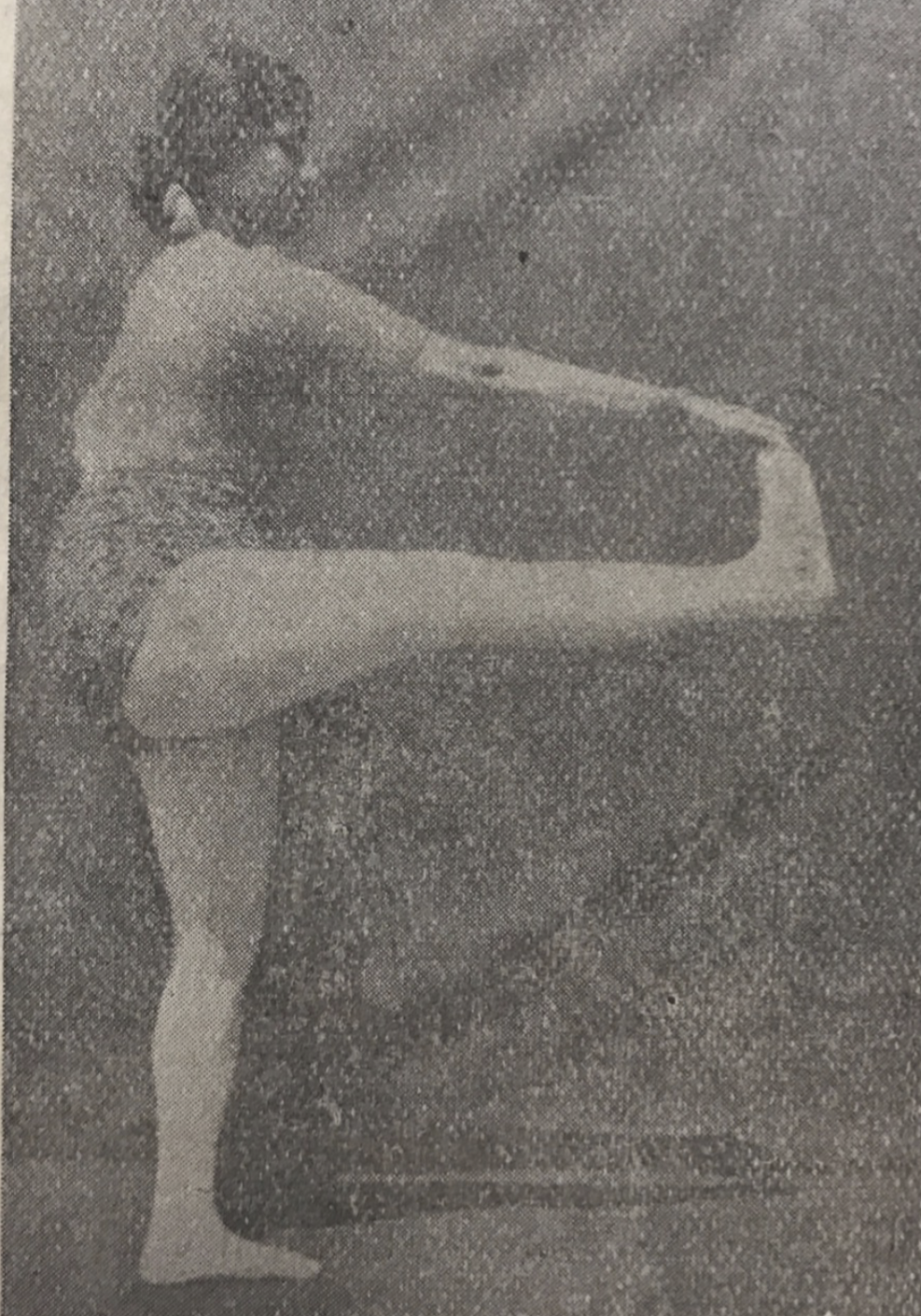
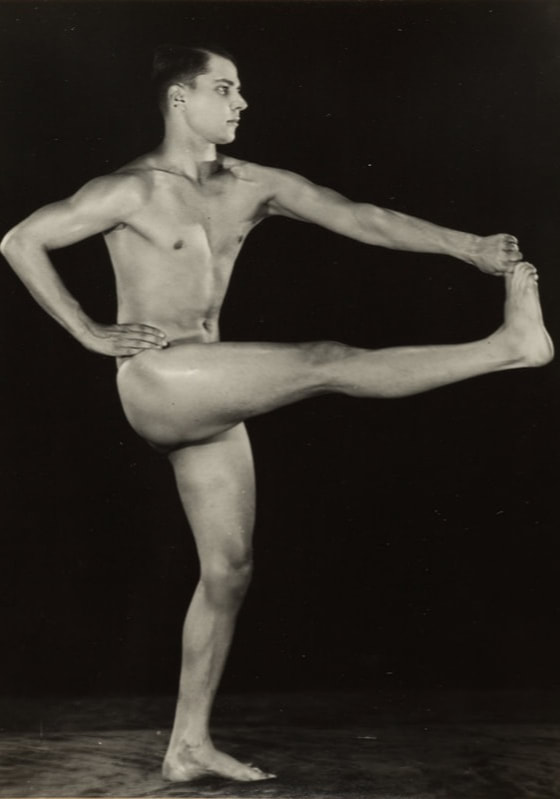
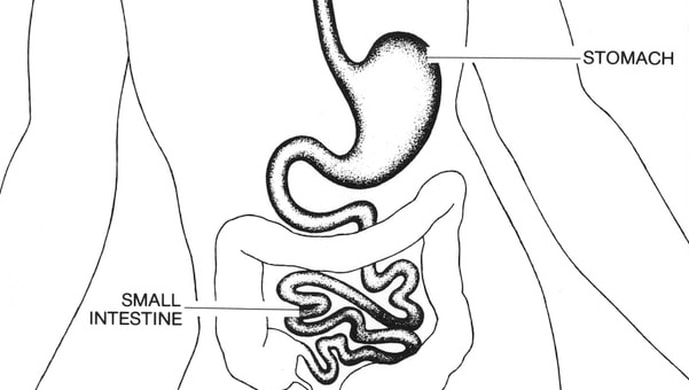
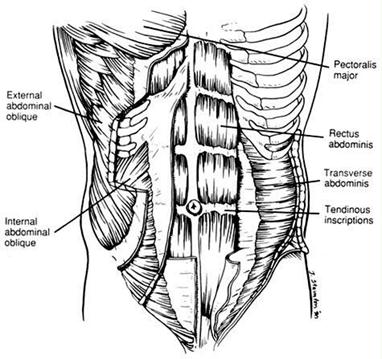
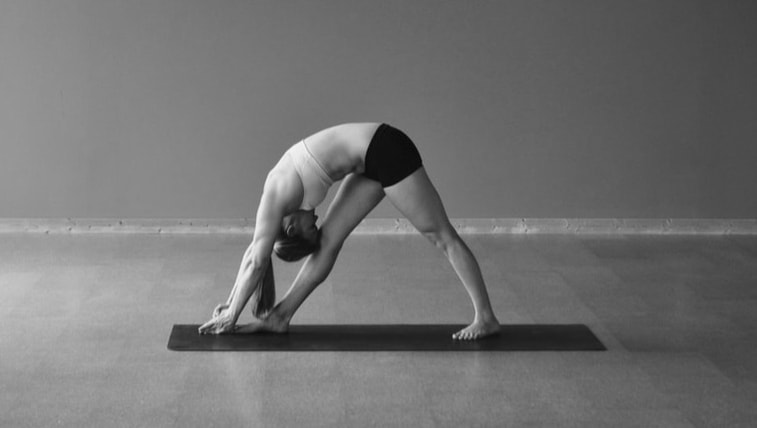
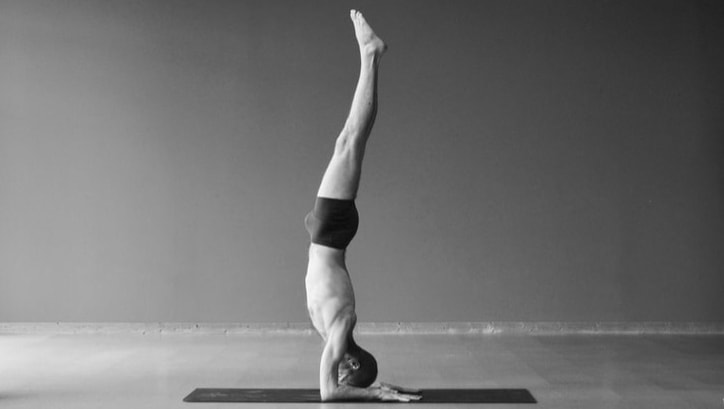
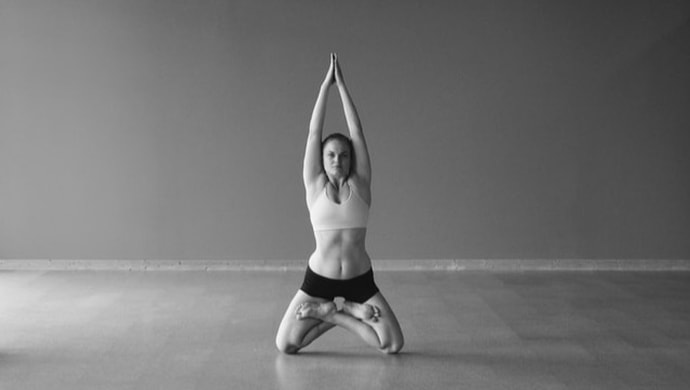
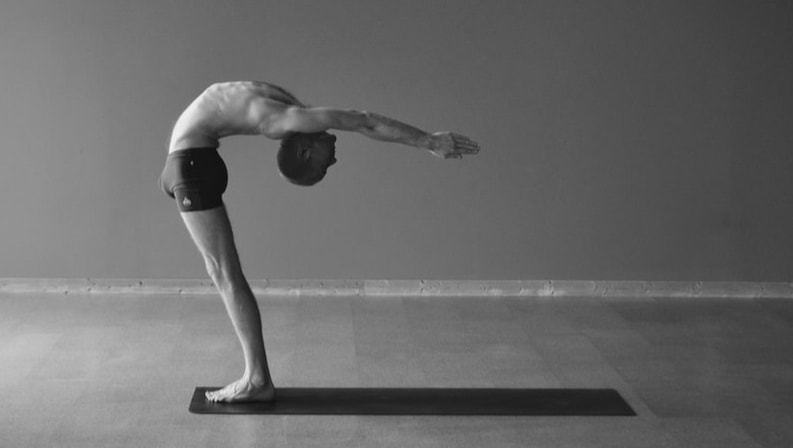
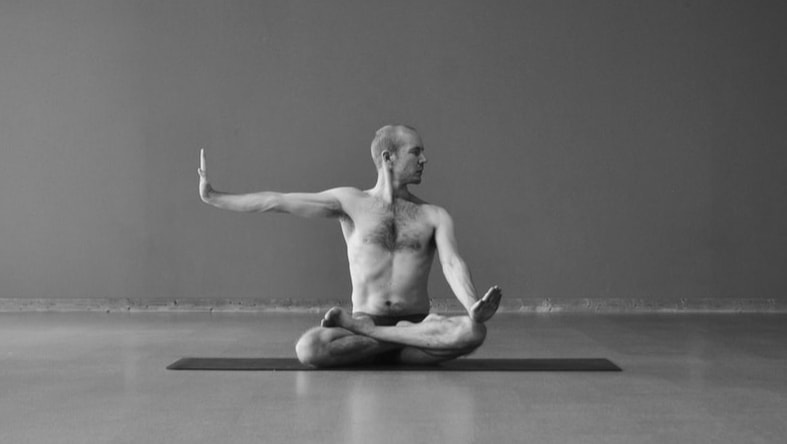
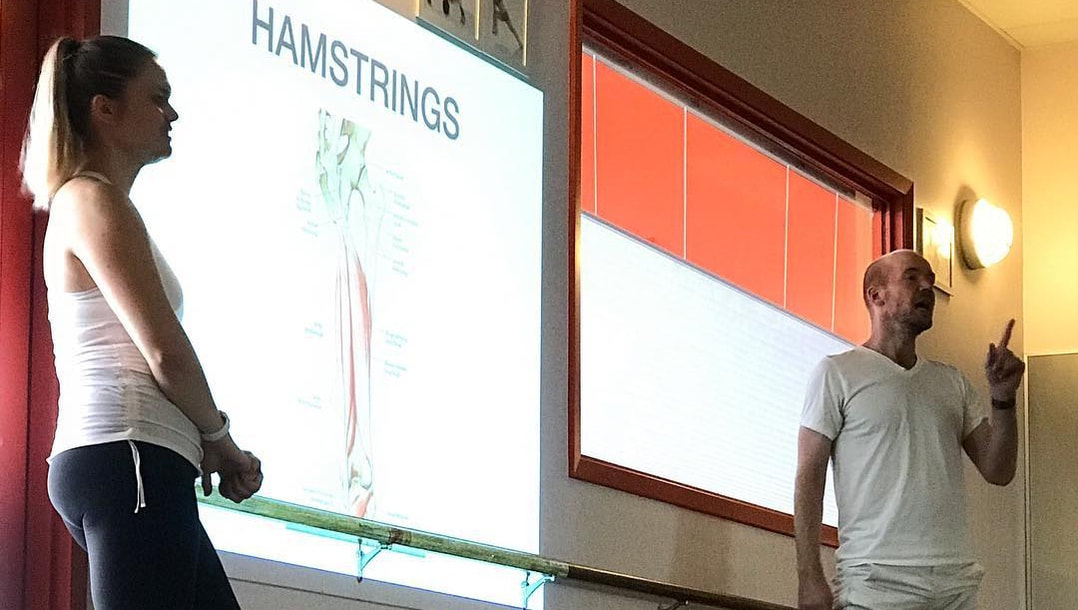
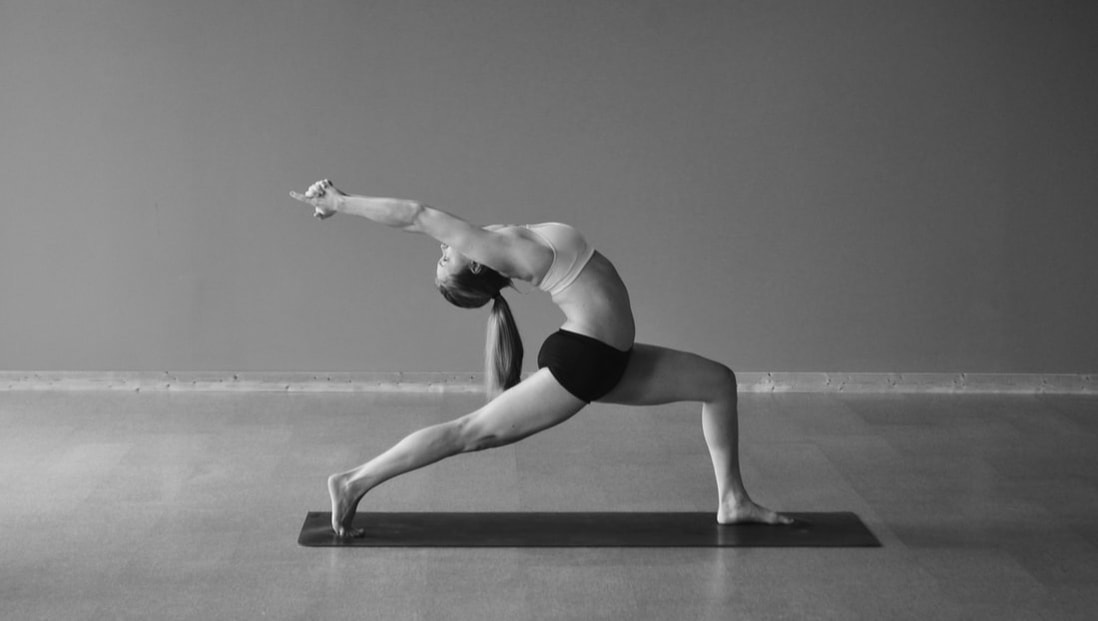
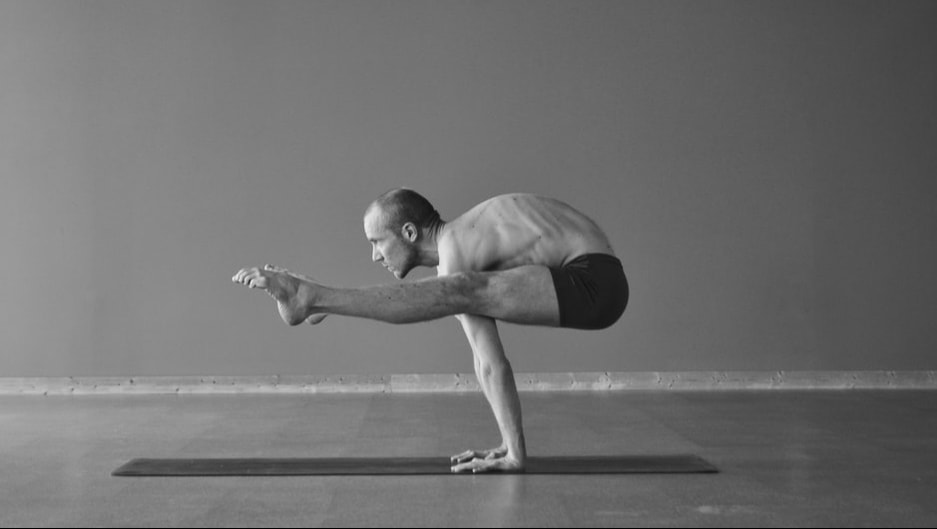
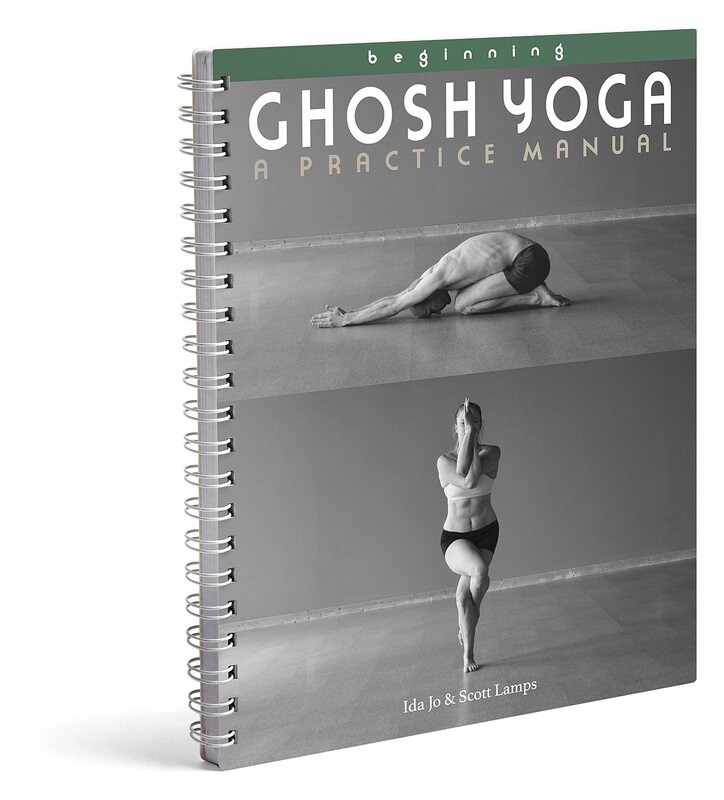
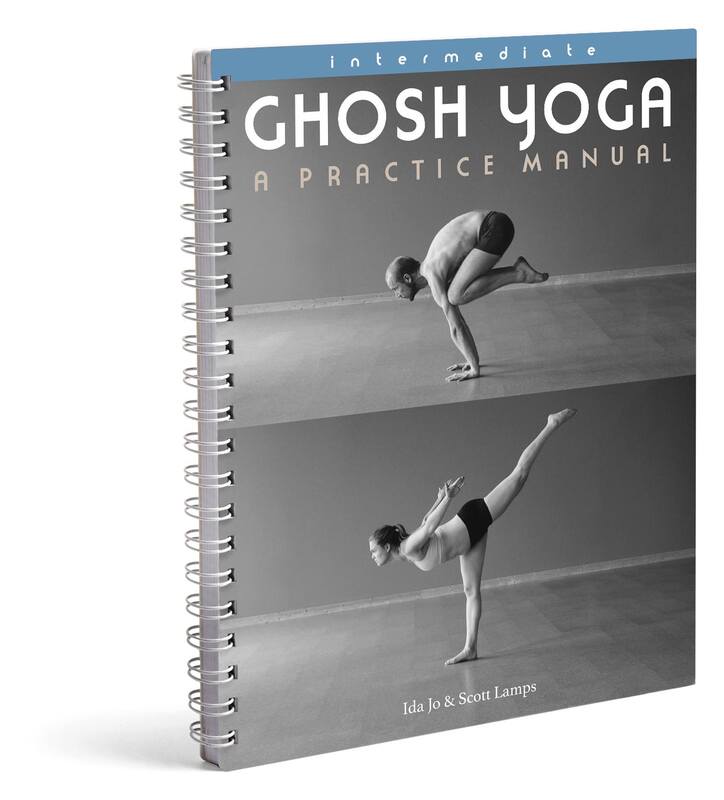
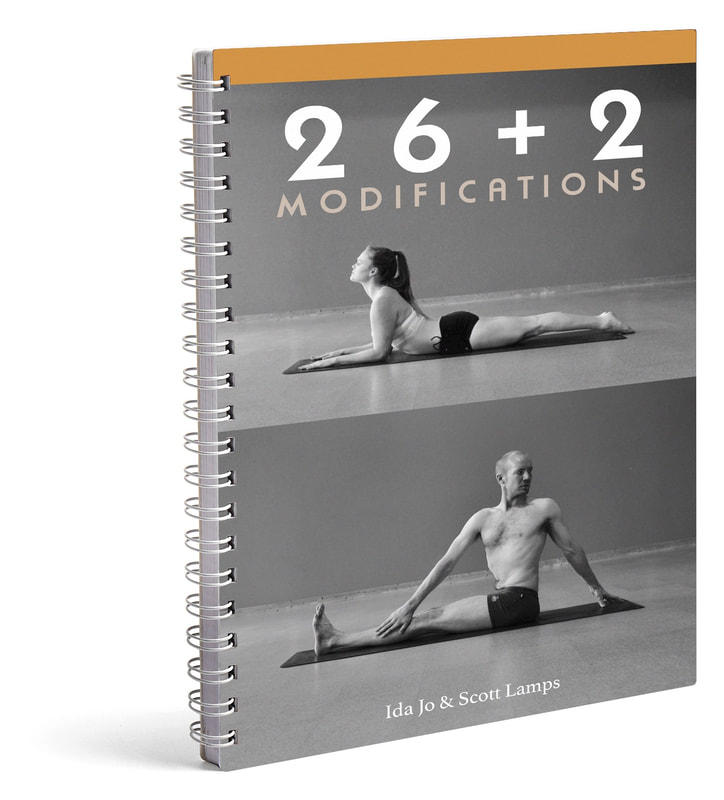

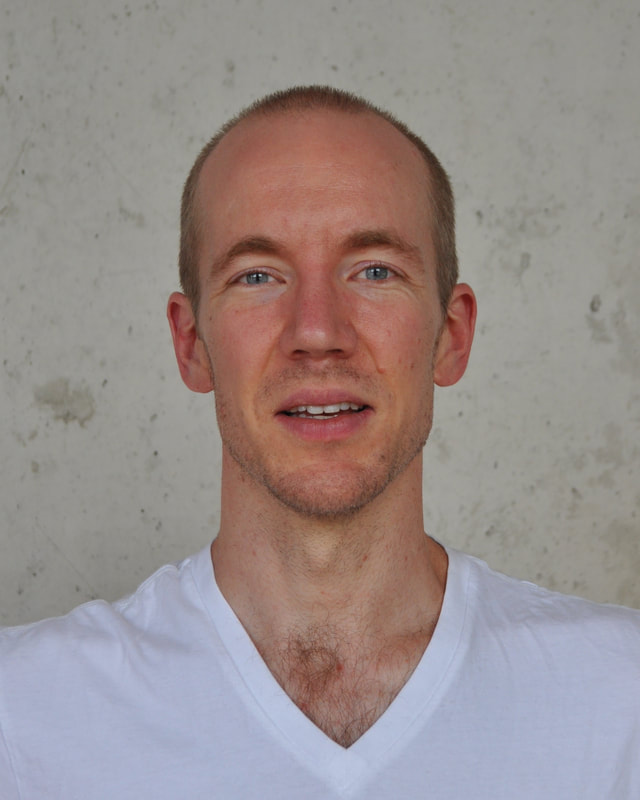
 RSS Feed
RSS Feed